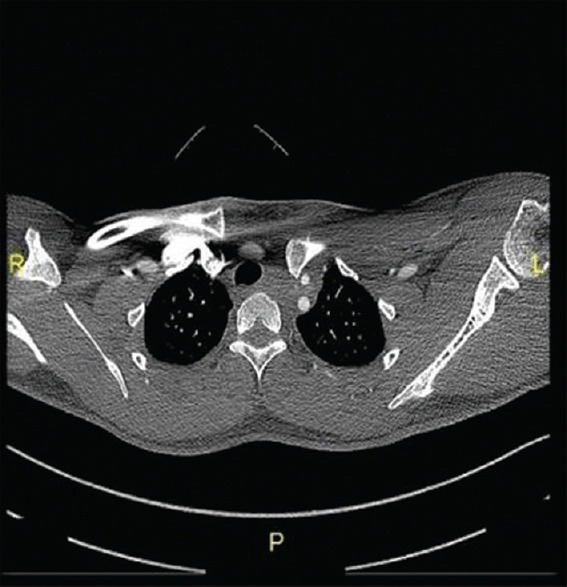Introduction: Anaphylaxis is a serious, life-threatening allergic reaction. With five pediatric emergency centers (PECs) distributed countrywide, it serves an average of 610,000 patients annually. The triggers, comorbid diseases, and management due to anaphylaxis have not been investigated before in Qatar, and this is the first study on this topic. Methods: Patient records of children younger than 14 years presenting to PEC from 2011 to 2016 were identified using International Classification of Diseases-9 diagnostic codes for anaphylaxis. The patient charts were reviewed and classified according to the criteria set by the National Institute of Allergy and Infectious Diseases/Food Allergy and Anaphylaxis Network for Anaphylaxis diagnosis. Results: Anaphylaxis was identified in 395 out of 1051 files reviewed. The incidence of anaphylaxis was 13.3 per 100,000 visits. Patients below 1 year of age were 17% with 69% males. The mean age was 3 years. Among triggers, food items were 53.1%, insect venom 25%, medication 7%, aeroallergens 3%, idiopathic 10%. Asthma was associated with all five cases admitted to PICU and with 55% of recurrent anaphylaxis. Biphasic reaction observed was 2%, and no deaths reported. Comorbidities include asthma in 42% and eczema in 27% with 23% below 1 year of age. Among the food, tree nuts/mixed nuts were 30.5%, dairy products 10% with 85% of these cases below 2 years, sesame seeds and egg 7% for each, seafood 4%, while camel milk in 1 case. Black ant was seen in 48% of the insect bites. Presenting symptoms include cutaneous 95.2% of cases, respiratory 70.1%, gastrointestinal 41.2%, cardiac 8.1%, and neurological 5.3%. Adrenaline was used for the treatment in 91.6%, antihistamines in 93.9%. Epinephrine auto-injectors were prescribed upon discharge for 88%. Referral to an allergy clinic was seen in 82%, where 60% were followed up and investigated. Conclusion: Anaphylaxis affects an estimated 1 in 1000 Qatari pediatric population. While food allergy was predominant, black ant was also common. Physician and community awareness of anaphylaxis, its etiology, management, and comorbid diseases associated with it is highly recommended.









